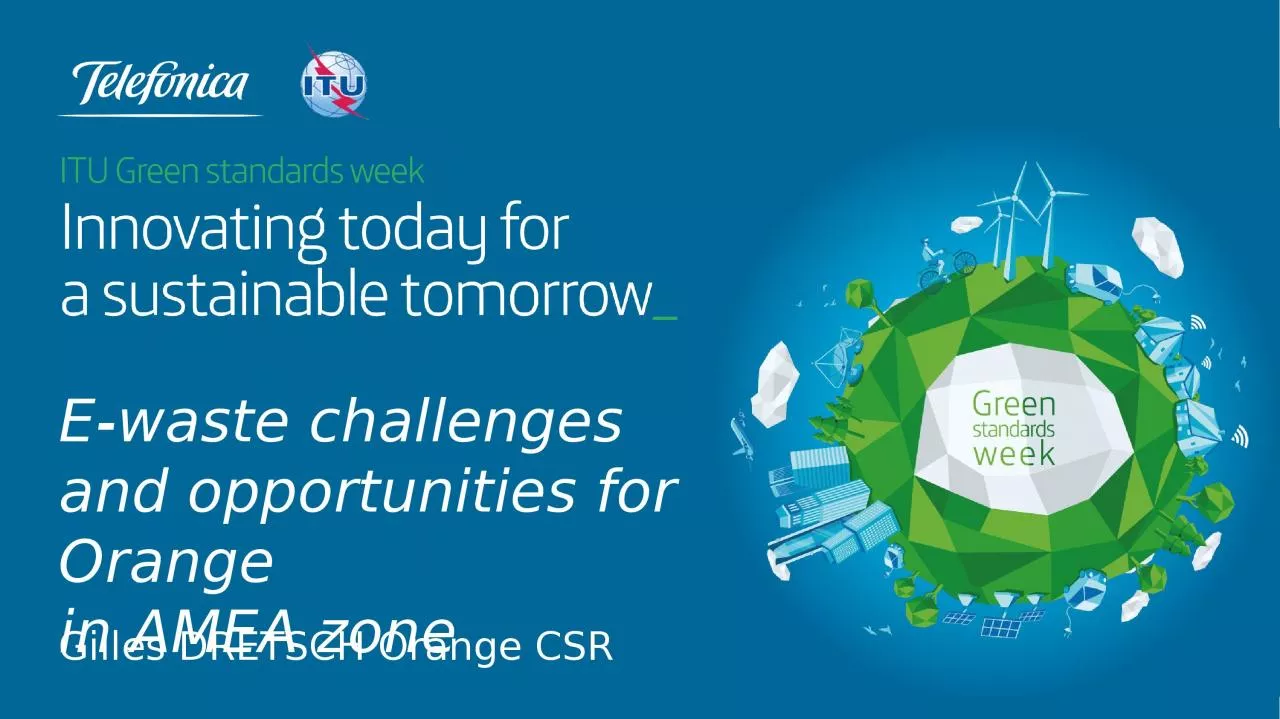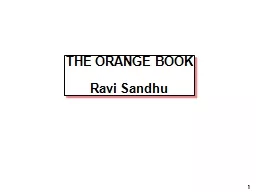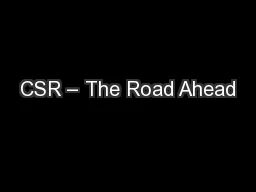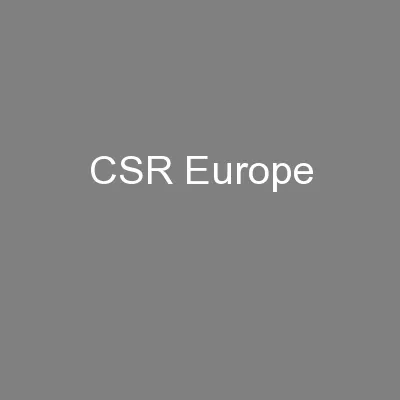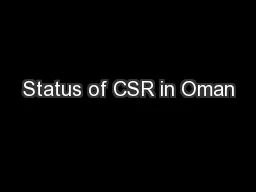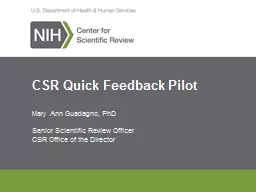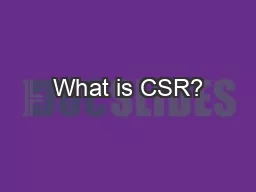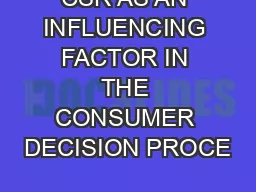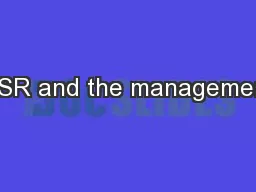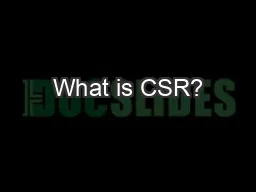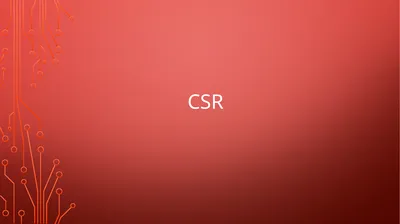PPT-Gilles DRETSCH Orange CSR
Author : FriendlyFlamingo | Published Date : 2022-08-04
Ewaste challenges and opportunities for Orange in AMEA zone In a world of limited natural resources reducing our environmental impacts across the entire life cycle
Presentation Embed Code
Download Presentation
Download Presentation The PPT/PDF document "Gilles DRETSCH Orange CSR" is the property of its rightful owner. Permission is granted to download and print the materials on this website for personal, non-commercial use only, and to display it on your personal computer provided you do not modify the materials and that you retain all copyright notices contained in the materials. By downloading content from our website, you accept the terms of this agreement.
Gilles DRETSCH Orange CSR: Transcript
Download Rules Of Document
"Gilles DRETSCH Orange CSR"The content belongs to its owner. You may download and print it for personal use, without modification, and keep all copyright notices. By downloading, you agree to these terms.
Related Documents

